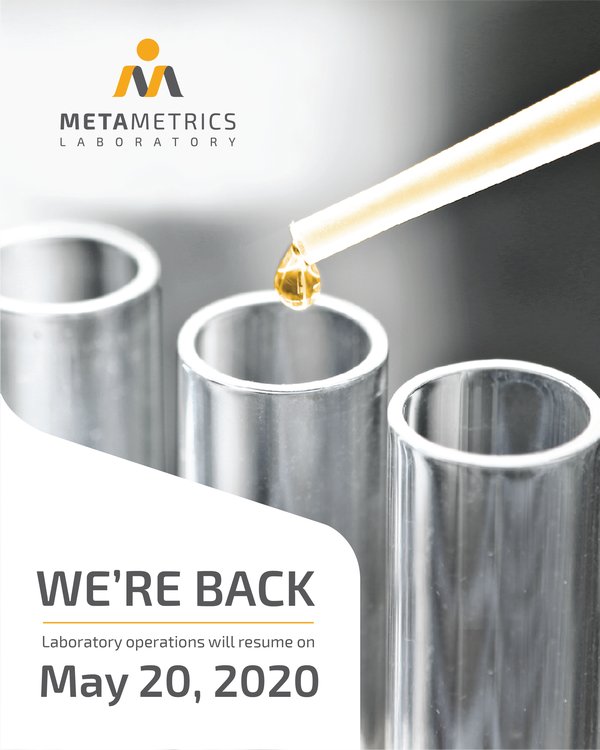Beta-carotene, a plant-based source and precursor of vitamin A, is one of the most studied carotenoids in relation to human health. The health benefit of beta-carotene is tied to its conversion to vitamin A.
STARTS AT ₱3,700.00
-

10 to 12 hours fasting
-

3 days prior: Discontinue all nonessential medications and dietary supplements. If not possible, specify the list of medications and supplements the patient is taking.
Patient preparation
Beta-carotene, a plant-based source and precursor of vitamin A, is one of the most studied carotenoids in relation to human health1. The health benefit of beta-carotene is tied to its conversion to vitamin A1.
Signs and Symptoms of Deficiency or Toxicity
Beta-carotene deficiency results from inadequate intake of plant foods rich in carotenoids.
Signs of deficiency are the same as for Vitamin A.
Hypervitamiosis A is the toxic consequence of excessive vitamin (beta-carotene) intake. Typical signs and symptoms experienced are itchy skin, anoexia, weight loss, headache, enlarged liver or spleen, anemia, and bone and joint pain2
Biomarker and Methods of Analysis
BETA-CAROTENE IN SERUM
Measurement of beta-carotene along with vitamin A is useful because beta-carotene is converted into vitamin A in the liver. The gold standard for the analysis of beta-carotene in serum is by LC-MS/MS.
Beta carotene analysis can be used as an indirect way to measure how your body absorbs fats as it is a fat soluble nutrient.
Insufficient intake of this may lead to vitamin A deficiency3, 4.
Supplementation Guide
No established guideline for supplementation of the general public. However, 5,400 mcg of beta-carotene and 4,200 mcg are acceptable dosages for an adult male (19 y.o. and older) and females (19 y.o. and older), respectively5.
There are no established upper limits for betacarotene for the Philippine population. However, the International Alliance of Dietary/Food Supplement Associations (IDSA) suggests an OSL of 25 mg every other day for non-smokers and none for smokers6.
Scientific evidence points to an interaction of beta-carotene with other carotenoids, particularly lutein and canthaxanthin7.
Prepare for a Test
Find a hospital
Vegetables such as malunggay, gabi leaves, kamote tops, kangkong, alugbati, saluyot, carrots, and squash are excellent sources of beta-carotene. Fruits like ripe mangoes, cantaloupe, and dried apricots are also good sources
(2) Higdon J, DrakeVJ, Delage B. (January 2015). Linus Pauling Institute. Micronutrient Information Center. Vitamin A. Retrieved from http://lpi.oregonstate.edu/mic/vitamins/vitamin-A#food-sources
(3) Fischbach FT. (2004). Manual of Laboratory & Diagnostic Tests. 7th ed. Philadelphia, Pa: Lippincott Williams & Wilkins.
(4) Pawlosky RJ, Flanagan VP, Novotny JA. A sensitive procedure for the study of B-carotene-d8 metabolism in humans using high performance liquid chromatography-mass spectrometry. Journal of Lipid Research 2000; 41:1027-1031.
(5) Health Canada. (February 9, 2016). Multi-vitamin/mineral supplements monograph. Retrieved from http://webprod.hc-sc.gc.ca/nhpid-bdipsn/atReq.do?atid=multi_vitmin_suppl.
(6) Hathcock , John H. Safety of Vitamin and Minral Supplements. Safe Levels Identified by Risk Assessment. April 2004.
(7) van den Berg H. Carotenoid interactions. Nutrition Reviews 1999; 57(1):1-10.


